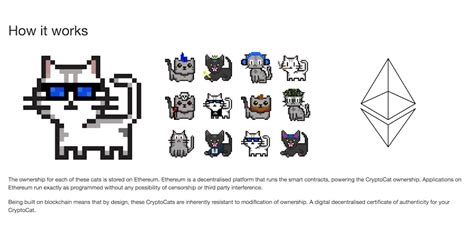Optimizing Bitcoind on Low-Memory Devices: A Guide
As Bitcoin and other cryptocurrencies continue to gain popularity, the need for efficient and lightweight software solutions like Bitcoind has become increasingly important. When running Bitcoind on low-memory devices like the Raspberry Pi, developers need to find a balance between performance and memory usage. In this article, we’ll take a look at ways to optimize Bitcoind’s memory usage, especially with 925MB of RAM.
Why Does Bitcoind Use So Much Memory?
Before we dive into optimization strategies, let’s quickly review why Bitcoind uses so much memory:
- Full Node Functionality
: As the main software for Bitcoin, Bitcoind needs to perform various operations, such as block validation, cryptocurrency mining, and network communication.
- Large Block Sizes: The current block size limit is 128MB, which means that large blocks are split into many smaller transactions to reduce storage requirements.
- Complexity: Bitcoind has many built-in features, such as transaction verification, wallet management, and data structures, that affect the amount of memory it takes up.
Setting maxmempool to the minimum value
One simple solution is to set the maxmempool parameter to the minimum value. By default, this setting allows Bitcoind to receive a large number of requests from clients, which can lead to excessive memory usage. However, if you are short on memory, reducing this setting can help alleviate the problem.
To set maxmempool to a minimum value:
bitcoind -d --maxmempool=10000
This command sets the maximum number of pending requests from clients to 10,000, which should significantly reduce memory usage. However, keep in mind that this setting is quite aggressive and may not work in every scenario.
Other optimization strategies
While maxmempool is an important setting, it is not the only factor that affects Bitcoind’s memory usage. Here are some additional techniques to help you optimize:
- Use a smaller block size: If you have more available memory on your device, consider reducing the current block size (e.g. from 128 MB to 64 MB). This can help reduce disk space requirements and reduce memory overhead.
- Disable unnecessary features: As mentioned earlier, Bitcoind has various built-in features that consume memory. If you are using a low-memory device, you should consider disabling or reconfiguring these features.
- Use a lightweight wallet: Using a lightweight wallet like Electrum or MyEtherWallet can help reduce the amount of data sent to your wallet, and therefore reduce memory usage.
- Clear your mempool cache: Periodically clearing your mempool cache can help remove unnecessary entries, reducing memory usage.
Monitoring and tuning

To get an accurate picture of Bitcoind’s memory usage on your device, you should monitor its performance using tools like:
- **bitcoind -t
: This command displays detailed output of every transaction in the memory pool.
- **bitcoind -g:json: This command displays a JSON file containing information about the blockchain.
By monitoring these metrics and adjusting settings as needed, you can optimize Bitcoind’s memory usage on your low-memory device and ensure a smooth experience.
Conclusion
In summary, optimizing Bitcoind’s memory usage requires a combination of understanding its underlying architecture, setting the right parameters, and using lightweight optimization techniques. By implementing the strategies outlined in this article, you should be able to reduce Bitcoind’s memory usage on your Raspberry Pi and enjoy a more efficient cryptocurrency experience.
